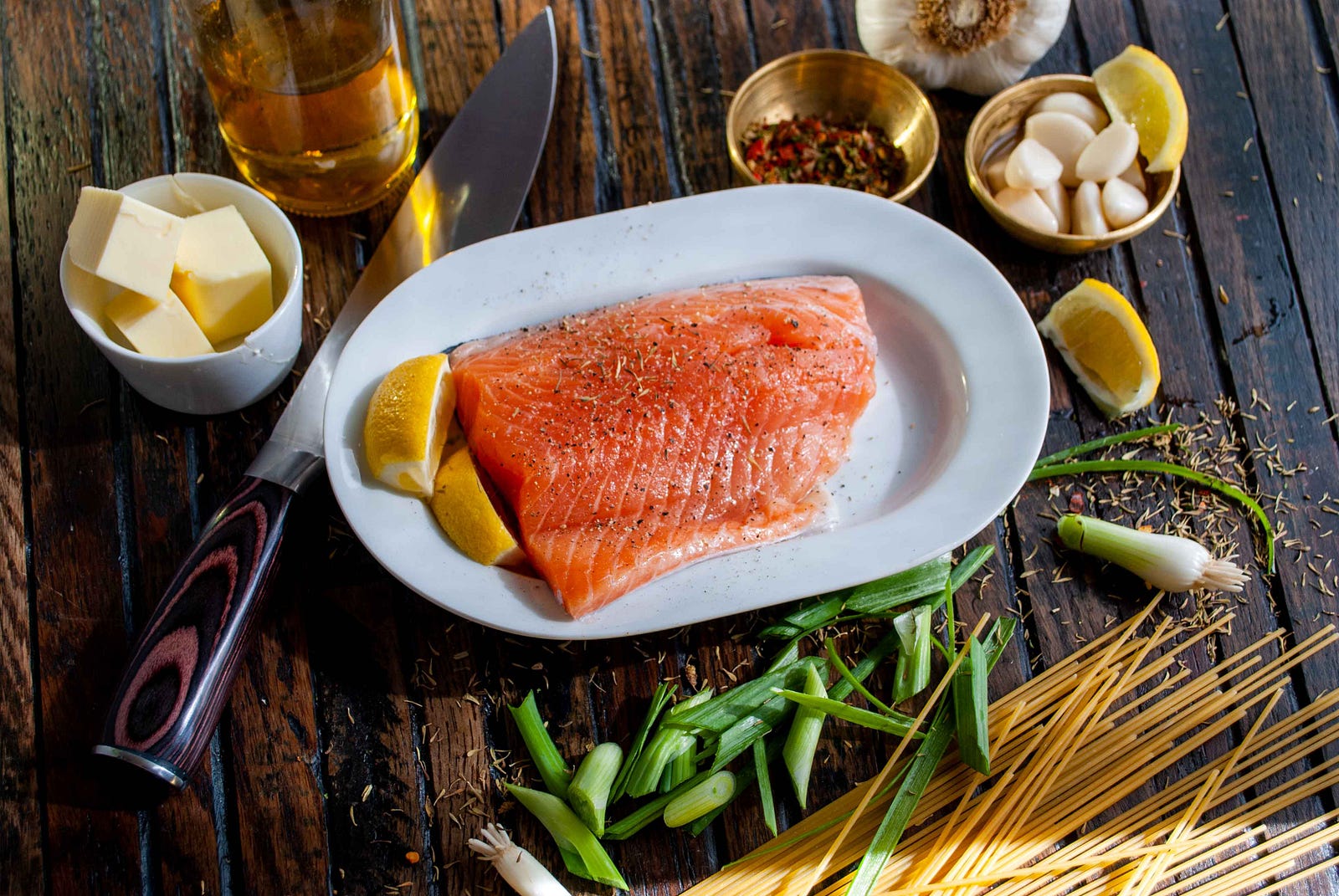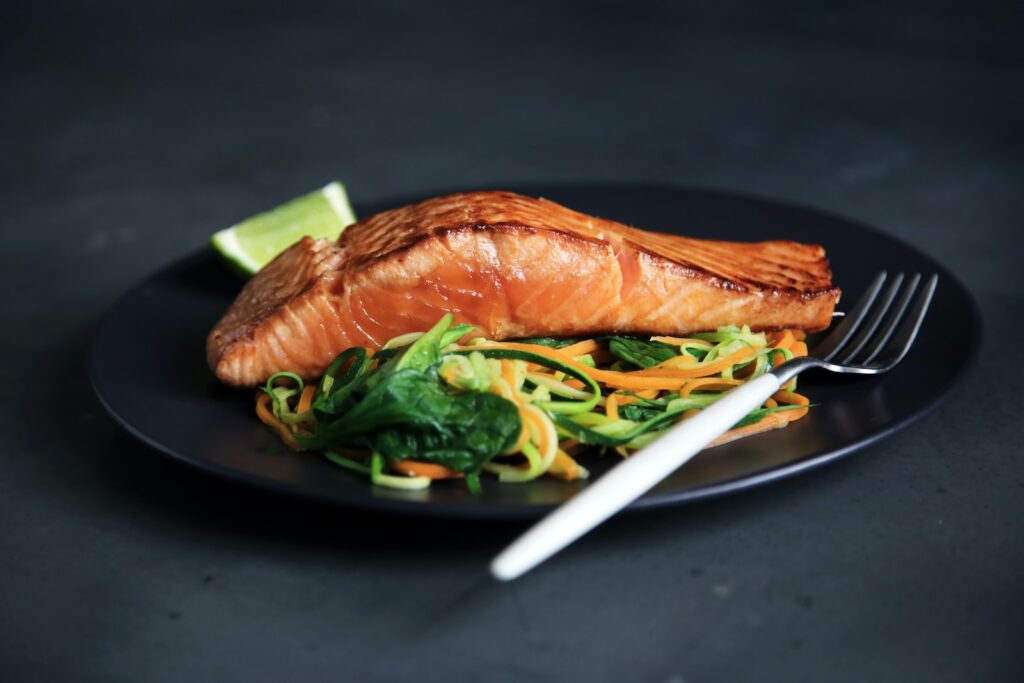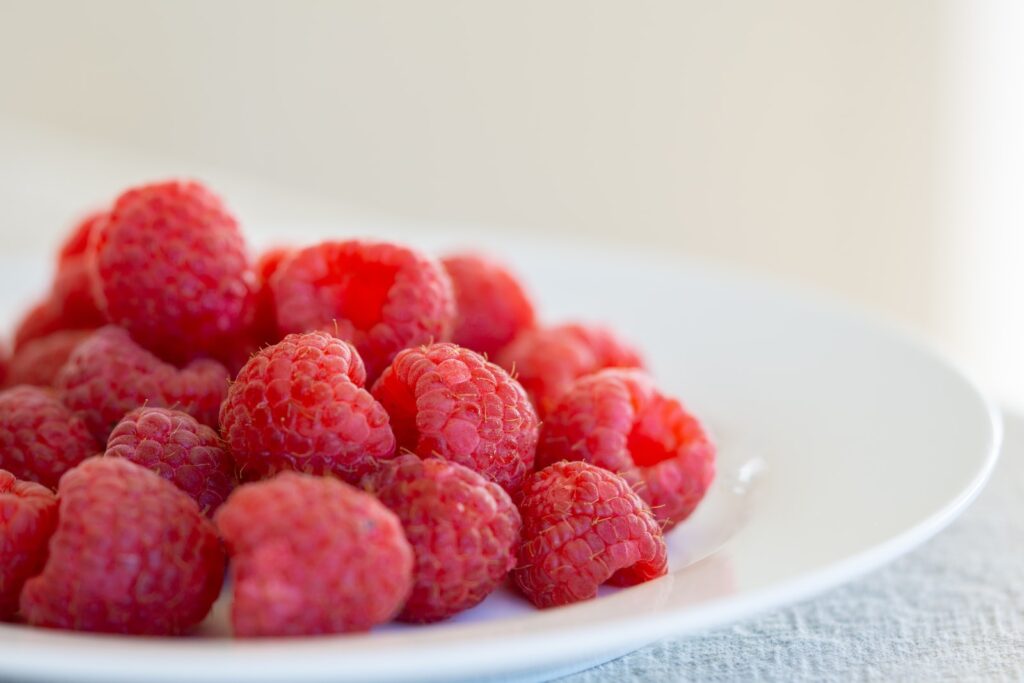Keto is a weight-loss diet focusing on eating plenty of fat, protein, and low carbs.
It restricts the intake of foods high in carbs, such as bread, pasta, rice, and fruits.
Instead, this diet recommends eating more fats and proteins.
Keto is also known as the ketogenic diet because it helps the body burn ketones, or fats, instead of sugar or carbohydrates.
However, not everyone knows why keto is good for you.
In this article, I’ll discuss why a keto diet is good for you and how it can benefit your life.
What Is a Ketogenic Diet?
The ketogenic diet is a low-carb, high-fat diet that allows you to eat more protein and a higher amount of fat while significantly decreasing the amount of carbs you eat.
When you follow a keto diet, your body enters ketosis.
In ketosis, your body produces ketones, which are compounds that serve as an energy source for the body.

How Does Keto Work?
Keto works by forcing your body to create ketones since it can’t use carbohydrates as fuel.
This means that your body can use its fat whenever it needs to, allowing you to lose weight faster and more efficiently compared to other diets.
Why Is Keto Good For You?
Keto is good for you since it can help you lose weight, gain energy, improve focus, and reduce inflammation.
By lowering your carbohydrate intake and increasing your fat intake, you’ll start reaping the rewards of the keto diet.
Additionally, consuming more fat can help you stay full for longer, which can help you to lose weight.
Another great benefit of keto is that it can improve your gut health.
Studies show that certain probiotic strains that can help improve your gut increase on the keto diet.
Another benefit of keto is that it can improve your focus and energy.
For example, when you eat carbs, you’re always dependent on sugar for energy.
This leads to sugar highs and mood swings.
But, on keto, you have constant energy.
This is because, on keto, you can always use your own body fat for energy so your mood and energy stay at a stable level.

Benefits of a Keto Diet
1.) Weight Loss
People who follow low-carb diets tend to lose more weight than those who follow a standard low-fat diet.
The main reason for this is that carbs raise insulin, which causes fat storage.
On a keto diet, you consume very few carbs, which reduces insulin secretion and helps you to lose weight.
2.) Increased Energy Levels
Even though you will consume fewer carbs on a keto diet, you’ll be more energetic after adapting to keto since you’ll start using your fats as fuel whenever your “food energy” runs out.
This makes it an excellent option for weight loss, as you’ll be able to maintain a certain energy level without feeling tired or exhausted.
3.) Improved Digestive Health
A keto diet has been linked to improved digestive health, including increased probiotic strains, reduced constipation, and reduced diarrhea.

Cons of a Keto Diet
1.) Possible Increased Risk Of Heart Disease
A keto diet is extremely high in fat, which was once considered a risk factor for heart disease.
Thus, doctors usually advise against following a keto diet long-term.
However, this has been proven to be false.
So, to reduce your risk of heart disease, instead of worrying about the amount of fat you eat, you should focus more on eating healthily and exercising.
2.) Hard to Adapt to
Adjusting into ketosis and going through the “keto flu” can be very challenging.
And since getting used to keto is so hard, most people quit keto before they start reap the benefits.
But, as long as you stick to keto for long enough, your body will eventually fully adjust to eating low carb and you won’t experience most of the common side effects of starting keto.
However, a lot of people quit keto because they can’t stick to it in the long-term.
If you fall into this category, I recommend following a “lazy keto” plan for at least six weeks before changing to “clean keto.”

Strict Ketogenic Diet Vs. Lazy Keto Diet
There are two types of keto: “strict keto” and “lazy keto.”
On strict keto, you can’t eat “dirty” keto foods, like artificial sweeteners or processed food.
People do strict keto to help them get better benefits from keto, but the drawback is that it’s harder to follow as there are fewer food choices.
But, on lazy keto, you can eat “dirty” keto foods like dairy, artificial sweeteners, and processed meats.
People do lazy keto over strict keto because it’s easier to follow since there are more food options.
However, if you do lazy keto, you likely won’t get as much progress as strict keto followers since processed foods like dairy, artificial sweeteners, and processed meats have been shown to increase inflammation.
How To Follow A Keto Diet
1.) Limit Carbs to 30–50 Grams Per Day
Start by limiting carbs to 30–50 grams daily.
If you cut out all direct sources of carbs, like desserts, bread, pasta, and fruits, you’d probably reach ketosis without counting carbs.
But, if you want to be exact, you can find the amount of carbs in the foods you eat by looking at the nutrition information or by searching online.
2.) Eat Keto-Friendly Foods
The ketogenic diet is mainly made of fat, protein, and vegetables.
Healthy fats such as olive oil, meats, and seafood are all ideal fat sources on keto.
Proteins like fatty beef, fatty cuts of poultry, fatty fish, and pork are all ideal for the keto diet.
In addition to that, don’t forget about eating a lot of low-carb vegetables since they will provide you with a lot of nutrients and make you fuller.
If you want to learn exactly which foods you can and can’t eat on keto, you can read my article here where I go more in depth.

3.) Prepare For The “Keto Flu”
When you begin keto, you’ll get the “keto flu,” which is similar to the regular flu, but it’s not actually the flu. It happens because your body and cells need to adjust to using fats instead of carbs as the primary fuel source.
If you do keto, but you don’t add extra salt to your food or take electrolytes, you’ll not get rid of the keto flu (learned the hard way)!
This is because your kidneys excrete urine more on keto, so the sodium and electrolytes in your body will slowly decrease.
To make sure that this doesn’t happen, just add an extra 1/2 teaspoon of sea salt to your food, or quickly chug it down with water.
4.) Optional: Add Intermittent Fasting
If you want to enhance the benefits of keto, I recommend adding intermittent fasting on top of keto.
Intermittent fasting will help you lose weight much faster than just doing keto alone since it will lower your insulin even more.
Not only would this help with weight loss, but it would also put you into a deeper state of ketosis.
If you’re interested in starting intermittent fasting, here’s an article I made that explains how to start intermittent fasting and how to progress it to OMAD.

4.) Optional: Keep Track Of Your Calories
It’s helpful to keep track of the amount of food you eat on any diet. This can help you stay within your calorie limits and prevent overeating.
However, on keto, it’s not necessary since you’ll still lose weight just by cutting out carbs and doing intermittent fasting.
Conclusion
If you’re interested in losing weight, gaining energy and focus, and improving your health, start keto today.
Just limit your carbs to under 50 grams a day, prepare for the keto flu by adding 1/2 teaspoon of sea salt to your food or water, and emphasize eating healthy keto foods like fatty meats, vegetables, and healthy fat sources like nuts, olive oil, and avocados.
If you’re interested in learning more about the “lazy keto” diet and how to start it, here’s an article detailing why it may be better for you than strict keto.
- Can You Still Lose Weight If You Aren’t in Ketosis? - February 8, 2023
- Can the Keto Diet Help With Depression? - February 8, 2023
- Why Does Processed Food Make You Fat? - January 2, 2023




